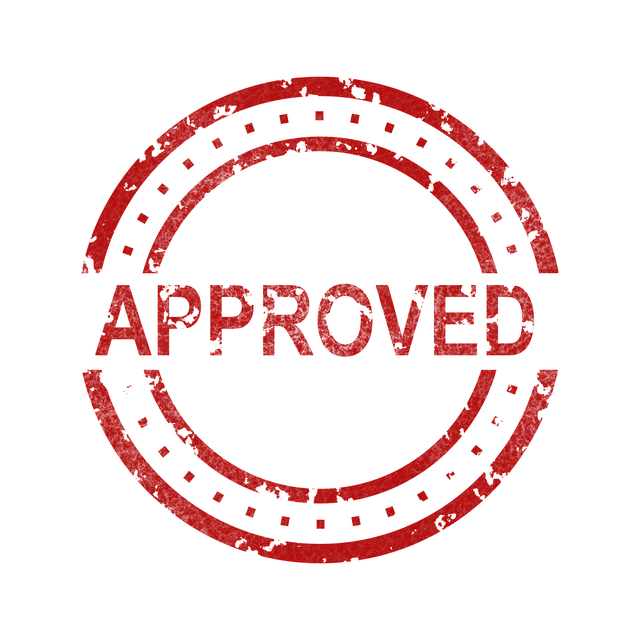Understanding equipment financing fundamentals, including lease-to-own options, CapEx/OpEx distinctions, and asset-based financing versus credit scoring models, is crucial for businesses to avoid loan challenges. These basics empower informed decision-making, smooth financing processes, and navigation of creditworthiness assessment complexities in volatile industries. Mitigating risks involves thorough operational needs and financial health assessments, accurate equipment valuation, understanding regulatory changes, tax implications, and operational factors unique to each piece of equipment. Effective risk navigation through comprehensive due diligence, staying abreast of industry dynamics, and continuous monitoring is key, allowing lenders to adapt agreements and foster stability for long-term success.
In the realm of equipment financing, accurate assessments and robust processes are key to avoiding costly errors and misjudgments. This comprehensive guide navigates the intricate landscape, equipping professionals with essential tools to navigate loan challenges effectively. From understanding basic concepts to implementing best practices in due diligence, we explore strategies that foster precise evaluations and mitigate risks. By adopting these principles, folks can ensure optimal outcomes in today’s competitive market, particularly when addressing common loan challenges in equipment financing.
- Understanding Equipment Financing Basics: Key Terms and Concepts
- Identifying Common Loan Challenges in Equipment Financing
- Mitigating Risks: Best Practices for Accurate Assessment
- Building a Robust Due Diligence Process
- Continuous Monitoring and Management for Optimal Outcomes
Understanding Equipment Financing Basics: Key Terms and Concepts

Understanding equipment financing basics is crucial for avoiding loan challenges. Key terms and concepts include lease-to-own options, where businesses can use equipment as collateral and gradually acquire ownership over time. This differs from traditional loans, which require immediate repayment with interest. Equipment financing also involves terms like capital expenditure (CapEx) and operational expenditure (OpEx), where CapEx refers to large purchases that add to the company’s assets, while OpEx covers ongoing expenses related to business operations.
Another important concept is asset-based financing, where lenders assess the value of equipment or other collateral to determine loan amounts. This contrasts with credit scoring models used in traditional bank loans, which focus on personal or corporate credit history. Lenders also consider factors like expected return on investment and market demand for the equipment being financed. Familiarizing oneself with these basics can help businesses make informed decisions, steering clear of potential pitfalls and ensuring smoother financing processes.
Identifying Common Loan Challenges in Equipment Financing

In the realm of equipment financing, understanding common loan challenges is paramount for both financiers and borrowers to ensure a smooth process. One of the primary hurdles is assessing the creditworthiness of potential borrowers, especially in industries with fluctuating market conditions. This requires meticulous analysis of financial statements, historical data, and industry trends to make informed decisions. Misjudging a borrower’s ability to repay can lead to defaults, impacting both the lender’s balance sheet and the borrower’s future financing opportunities.
Another significant loan challenge lies in valuing the equipment itself, which is often the primary collateral. Equipment depreciates over time, making it crucial for lenders to accurately forecast its residual value. Inaccurate appraisals can result in security interests that are not reflective of the actual worth of the asset, creating potential risks for lenders. Furthermore, loan challenges may arise from regulatory changes, tax implications, and operational factors unique to each piece of equipment, necessitating a comprehensive understanding of these variables to mitigate risks effectively.
Mitigating Risks: Best Practices for Accurate Assessment

To mitigate risks associated with equipment financing, accurate assessment is paramount. Before committing to a loan, thoroughly evaluate your operational needs and financial health. Consider factors such as equipment lifespan, depreciation, and potential obsolescence to ensure the investment aligns with your long-term goals. Regularly reviewing market trends and industry changes can help anticipate future challenges, allowing you to make more informed decisions.
Best practices include assessing not just the cost of the equipment but also the ongoing maintenance and operational costs. Analyze historical financial data to predict future cash flow and ensure loan repayments remain feasible. Engaging with industry experts or consultants can provide valuable insights into potential loan challenges, helping you avoid costly missteps.
Building a Robust Due Diligence Process

Building a robust due diligence process is paramount in avoiding equipment financing errors and misjudgments. It involves meticulously evaluating potential borrowers’ financial health, creditworthiness, and ability to repay the loan. This includes scrutinizing their historical performance, cash flow projections, and debt-to-equity ratio. By implementing a rigorous due diligence framework, lenders can better anticipate and mitigate loan challenges, ensuring informed decisions that minimize risk.
Furthermore, staying updated on industry trends and changes in market conditions is essential. Regularly reviewing borrower agreements and adjusting financing terms accordingly helps to adapt to evolving business landscapes. This proactive approach not only prevents future financing missteps but also fosters stronger relationships with borrowers by demonstrating a commitment to their long-term success.
Continuous Monitoring and Management for Optimal Outcomes

Continuous monitoring and management are essential practices to ensure optimal outcomes in equipment financing. By regularly reviewing and adjusting strategies, businesses can navigate the complexities of loan challenges effectively. This proactive approach involves tracking key performance indicators, market trends, and industry changes. With such insights, companies can make informed decisions to optimize their financing structures, mitigate risks, and enhance overall financial health.
Regular management ensures that any potential issues or discrepancies are identified early on. It allows for swift corrective actions, preventing small problems from escalating into significant loan challenges. This meticulous process includes staying updated with regulatory changes, industry benchmarks, and the latest technological advancements shaping the equipment financing landscape.






